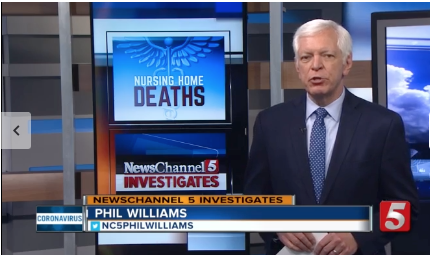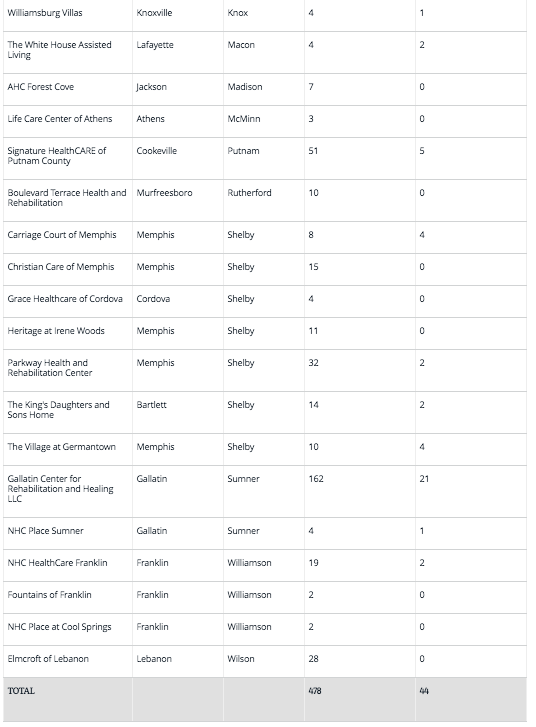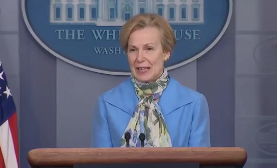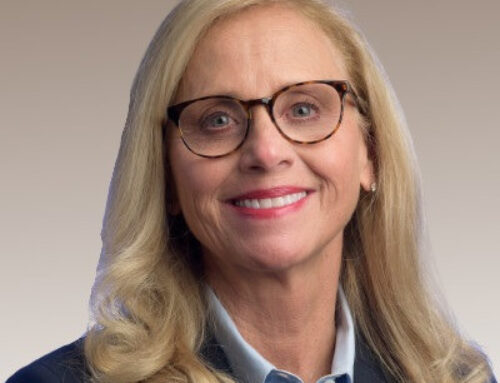
After multiple weeks of pressure and questions from news media organizations and journalists, the Tennessee Department of Health today began posting on its website COVID-19 infection rates and deaths in nursing homes.

The data will be updated each Friday at 2 p.m. Central Daylight Time, the state said. On Friday, the data showed 44 deaths in 10 long-term care facilities and 478 infections in 25 long-term care facilities.
The data release came after weeks of public pressure from news organizations as stories began to mount about infections and deaths in nursing homes and other long-term care facilities — and as some, but not all, local health departments began to put out their own information. Some family members told news reporters that they were in the dark about infection rates.
The first set of statewide data was given to news reporters on Wednesday, showing 37 COVID-19 deaths in long-term care facilities. The most number of deaths were from a Gallatin nursing home, but the chart also showed infections in 22 other facilities across the state. By Friday, the number of deaths in the Gallatin nursing home had been recorded at 21.
“This data and report give a clear picture on the risks that the virus poses to long-term care facilities and the aggressive actions the state and has taken and will continue to take to protect residents and staff,” said state health commissioner Dr. Lisa Piercey in the press release statement. “We take our duties to protect both public health and patient privacy very seriously. Based upon the current development of the COVID-19 situation in Tennessee, the Department has determined that releasing this data is in the public health interest. Unified-Command stands at the ready to assist long-term care facilities in mitigating outbreaks amongst residents and staff.”
Nursing home data released after news media pressure
News organizations had pressed for the data, which the state said it was gathering but did not want to release because of patient privacy concerns. Thought the data did not include individual names or demographic information like age or sex, the state feared possible identification of patients.
TCOG was quoted in some of the stories. Here’s a clip of one interview:
https://platform.twitter.com/widgets.jsShould TN disclose exactly how many #COVID19 cases and deaths there are in each long-term care facility? We asked @TNOpenGovt's Deborah Fisher 3/ pic.twitter.com/Bvz25ZuV4S
— Phil Williams (@NC5PhilWilliams) April 15, 2020
Even with the release of data, some news organizations, including WPLN and NewsChannel5 have questioned whether it is accurate or up to date. WPLN had reported earlier the problems with information from the Gallatin home that experienced the most deaths, including calls to 911 when they refused to acknowledge if any of the patients could have been infected with COVID-19.
The Associated Press report on the new data noted that the switch in the health department’s policy was like earlier about-face moves on withholding COVID-19 data, such as earlier decisions to withhold death rates and infection rates by county: “Similar to previous attempts by the state to withhold certain information during its fight against coronavirus, officials eventually reversed course by conceding that the information was valuable to the public.”
Trump administration urges more sharing of information with public
Meanwhile, President Donald Trump’s Coronavirus Response Coordinator, Dr. Deborah Birx, on Tuesday urged states to share information with the public.

“I’m calling on the states again to note that an informed community and knowledgeable community is a protected community. So make sure all of your states have your cases up, visible to the community so they can make decisions and understand where the virus is in their community and understand how to tackle it with their state and local governments,” Birx said.
“This will be absolutely critical, and there’s surveillance that we called for that was to find asymptomatics before people get sick, as an early warning signal. We asked for those to be in the federal clinics, in our inner city, more vulnerable areas, among indigenous populations, and, of course, in our long-term care facilities and prisons. We really want to support state and local governments to move forward on these critical monitoring to protect individuals that may be in the most critically vulnerable states.”



